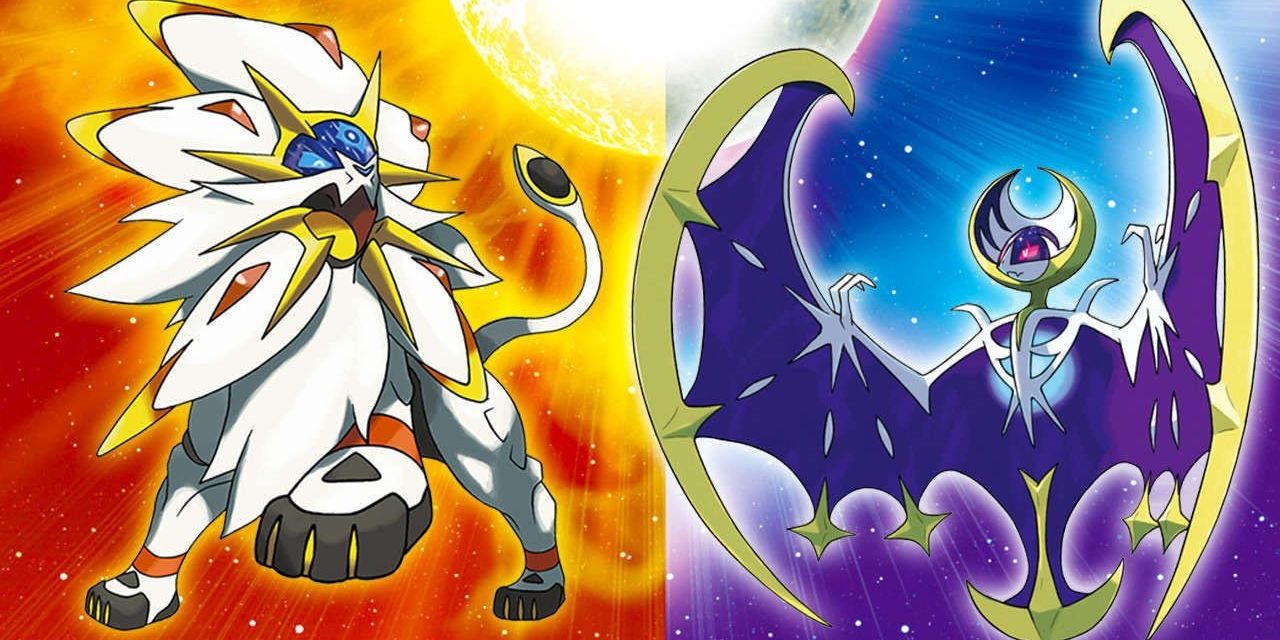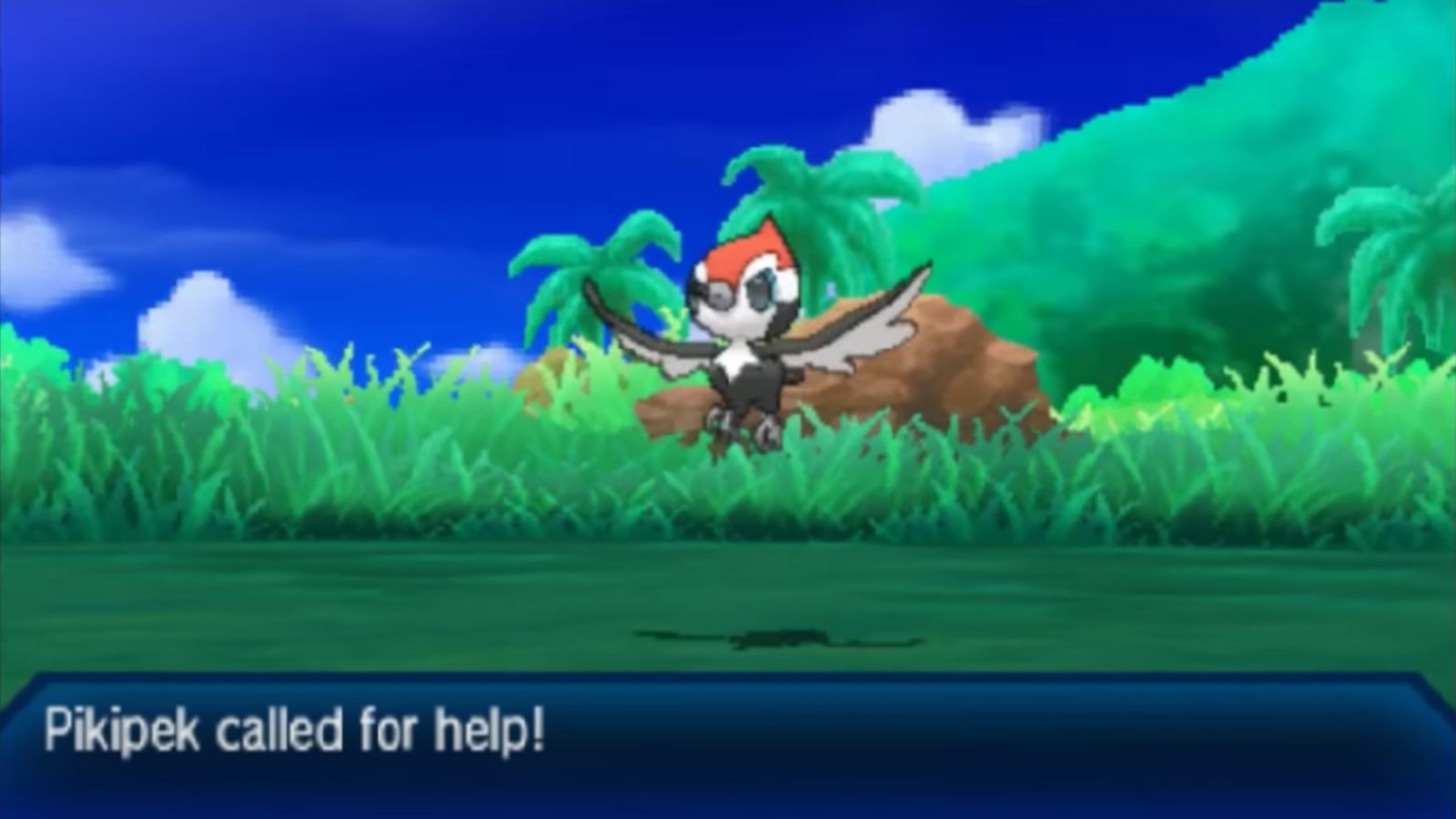Pokémon in the Overworld Are Great, But Gen VII Had the Best Wild Battles
While it’s nice to see Pokémon in the overworld, Gen VII’s SOS Battles added previously unseen levels of utility and depth to wild encounters.
You Are Reading :Pokémon in the Overworld Are Great But Gen VII Had the Best Wild Battles
Category : Pokemon

Pokémon’s latest main-series entries, Pokémon Sword and Shield, revamped how players interact with wild Pokémon by eliminating random encounters in favor of allowing players to see Pokémon roaming the overworld and choose to enter or avoid a battle. This change was more than welcome. Not only are random encounters seen as a pesky relic of older RPGs (one that other series like Dragon Quest and Final Fantasy had already abandoned) but seeing Pokémon inhabiting the world made the Galar region feel more alive.
However, while it’s great to see Pokémon in the overworld, one change made between the Generation VII and Generation VIII games is disappointing: the elimination of SOS Battles.
SOS Battles were an exciting new kind of wild battle found only in the Alola games, Pokémon Sun and Moon and Pokémon Ultra Sun and Ultra Moon. During battles, the wild Pokémon had the chance of calling for help from an ally. If successful, this would turn a one-on-one battle into a two-on-one fight, with the player now having to take on a second wild Pokémon.

While this could be frustrating, especially if a Pokémon at a similar level to yours was continually successful in stretching out the battle, USUM fixed this. While in the original games, Pokémon could continue to call for backup indefinitely, USUM made it so a Pokémon could only call for help one time unless the player used an Adrenaline Orb. In the previous game, this item merely increased the odds of a Pokémon calling for help, but USUM gave players the option to opt in or out of what players have called “SOS Chaining.”
For years, Pokémon games have provided players with ways to increase their chances of catching shiny Pokémon or ones with good IVs. For example, Pokémon Diamond and Pearl’s Poké Radar could be used to increase the odds of encountering a shiny Pokémon, and Pokémon Omega Ruby and Alpha Sapphire had the DexNav, which gave information about what Pokémon were available at the player’s current location and could even help you search for specific ones.
With SOS chaining, the more Pokémon you knock out, the higher the chances that the next one called will have its Hidden Ability or be Shiny. Longer chains will also get you Pokémon with more perfect IVs. These odds are maxed out at a chain of 31, when all subsequent Pokémon will have four perfect IVs, a 15 percent chance of having its Hidden Ability and a 13/4096 chance of being Shiny.
However, SOS chaining is more than just a way to get Shiny or strong Pokémon. While most successful calls for help result in a Pokémon of the same species, some have a chance of calling different Pokémon. Usually, this is an evolutionary relative or a closely associated counterpart (like Miltank and Tauros calling upon each other), but others were more interesting. Mareanie, for example, could only be found if a Corsola called it into battle. According to the Pokédex, Mareanie is a predator that loves to eat Corsola branches, so it will naturally attack its summoner before targeting the player’s Pokémon. This adds depth to the world by making Mareanie a rare surprise and having it act in a natural (albeit brutal) manner.

SOS Battles may have also answered a long-running question that fans have had since the beginning of the franchise: are Cubone and Kangaskhan related? Cubone is said to be wearing the skull of its dead mother, so many fans have speculated that the baby Kangaskhan carries in its pouch is a “Cubone” whose mother is still alive. In Sun and Moon, Cubone can actually call upon a Kangaskhan for help, indicating some kind of the link between the two. Although it falls short of an explicit confirmation, it is a nice nod to the fan theory.
In a way, it does make sense that this feature was cut for Sword and Shield. The Pokémon franchise has always kept certain mechanics, especially shiny and IV hunting methods, within specific games, instead introducing new ones in later titles. SOS Battles in particular feel specific to Alola, as the region was focused on nature in a way other games haven’t been. Still, the feature is a last-gen standout that’s sorely missed for the way it combined a useful method for catching rare Pokémon with series lore and worldbuilding.
See more : PokemonWe
